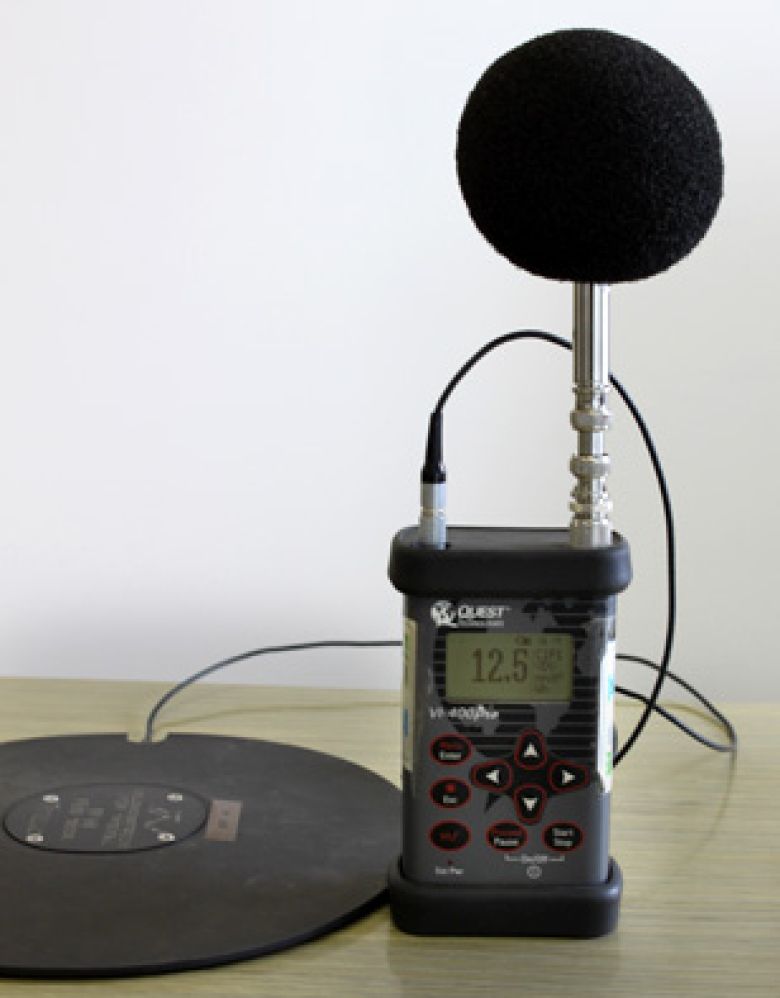

What are mechanical vibrations? Mechanical vibrations are oscillations generated by pressure waves transmitted by a machine to solid bodies with which it comes into contact when in operation.
Low frequency (generated by means of transport)
Medium frequency (generated by machines and industrial plants)
High frequency (generated by industrial vibrating tools)
When mechanical vibrations come into contact with the human body, they can generate various, sometimes harmful effects. It is therefore essential to carry out measurements and monitoring to protect health and safety in the workplace.
In this regard, current legislation indicates the permitted daily exposure limit value and prescribes that the risk assessment must be:
Occupational exposure to mechanical vibration can be a risk factor for workers' health. It is therefore necessary to obtain a proper assessment and, if necessary, to provide for corrective actions, on the part of the employer, to make the workplace safe and prevent the occurrence of harmful health effects.
The analysis of occupational exposure to vibrations is carried out in different ways depending on the district concerned. In particular, the following must be assessed independently
Hand-arm vibrations: these are mechanical vibrations that pose a risk to workers' health and safety, in particular they can lead to vascular, osteoarticular, neurological or muscular disorders. Exposure is typical for all work where vibrating tools or instruments are used (e.g. pneumatic demolition hammers, brush cutters, chain saws, grinders, chisellers, etc.).
Whole-body vibrations: these are mechanical vibrations that pose a risk to workers' health and safety, in particular they can lead to lumbago and spinal cord injuries. Exposure is typical for all work on board handling equipment for industry and agriculture (e.g. cranes, crane trucks, tractors, bulldozers, forklift trucks).
The reference legislation (Legislative Decree 81/2008) sets an exposure value that requires corrective action for each of the two types of vibration. Once the necessary surveys have been carried out and the exposure values for the work being analysed have been defined, the respective risk classes and corresponding prevention measures (which may include training processes, technical organisational measures, and health surveillance) are defined.
SIGE, through analyses carried out by specialised technicians, is able to offer an accurate vibration measurement service, supporting the employer in taking corrective action in the event of non-compliance with the threshold values, prescribed by current legislation. For more information on the service, please use the from on the contact page.

1 Legislative Decree No. 81/2008, Title VIII, Chapter III

Copyright ©2011-2024 Servizi Industriali Genova SIGE srl - All rights reserved - P.IVA 02687740106 Sede Legale: Piazza della vittoria 7/14 - 16121 Genova (GE) – Share capital €90,000 - Rea GE-289645
| DPO | Internal Privacy | Privacy Policy | Cookie Policy | Powered by Giorgia Calvi